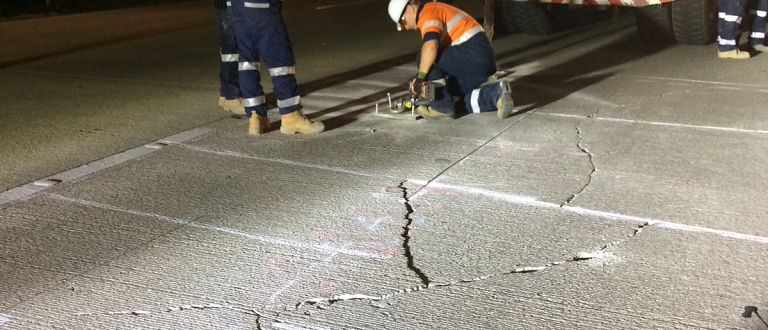Home > An Introduction to Concrete Durability

Every concrete structure must be designed to allow for its continued function across its expected or specified design life. As such, it follows that the concrete itself should be able to weather the processes of deterioration that are to come. Concrete that does so is said to be durable. It should be clarified that durability is distinct from strength and the physical impacts of loading on the longevity of the structure. However, they are equally important and act synergistically with one another i.e. one will accelerate the other.
Poor durability can be brought on by either external factors, or internally from the concrete itself. External factors typically manifest themselves in the form of chemical attack from aggressive agents such as chlorides, sulfates, and carbon dioxide. Internally, the presence of these, as well as some known phenomena like alkali-aggregate reaction and delayed ettringite formation have the potential to cause premature deterioration. Each of these has their own characteristics and mechanisms of action, however a common factor amongst the lot is the adverse influence of water penetrability (also referred to as permeability). The transport of water through concrete, or rather the lack there-of, is the defining measure in concrete quality.
When concrete is placed, excess water is pushed to the surface (bleeding) which leaves behinds porous channels which increase the permeability. In Rapid Set BCSA concrete, the unique chemistry of the cement causes all the mix water to be used up rapidly, meaning no bleed water rises to the surface and no pores are left behind. This is instrumental in its excellent durability. One of the most widely used methods of testing permeability is DIN 1048.5, invented by the German Institute for Standardisation. The procedure involves blasting a concrete cylinder with high-pressure (500 kPa) water for 72 hours straight, and then measuring how far it penetrates the concrete. When tested, Rapid Set BCSA had nil water ingress amongst all samples, demonstrating the high level of impermeability.
There are other modes of penetration than by direct pressure – one being diffusion. Harmful chloride and sulfate ions travel through concrete by diffusion in the pore water. Transport for NSW require diffusion testing for concrete bridges in aggressive environments, such as near sea water where chlorides are abundant. Rapid Set BCSA was tested according to NordTest Build 492 – one the procedures outlined in B80 (TfNSW bridge specification), and the results were shown to be conforming for even the most aggressive exposure classes.
Get in touch with Antoun about your next project today and discover the difference innovative concrete products can make in the quality of your work.

 Call
Call